#palmate newt
Text
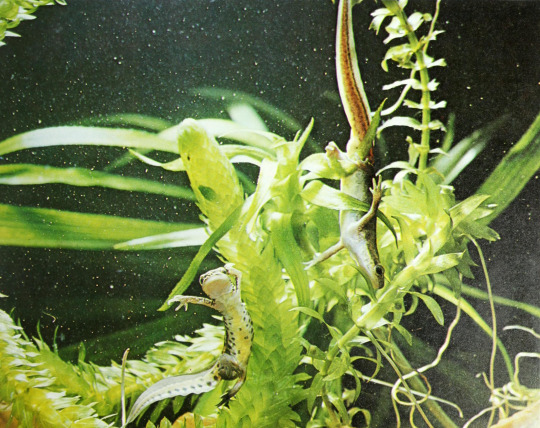
Palmate newts
By: Jane Burton
From: The Complete Encyclopedia of the Animal World
1980
#palmate newt#salamander#amphibian#1980#1980s#Jane Burton#The Complete Encyclopedia of the Animal World (1980)
2K notes
·
View notes
Text
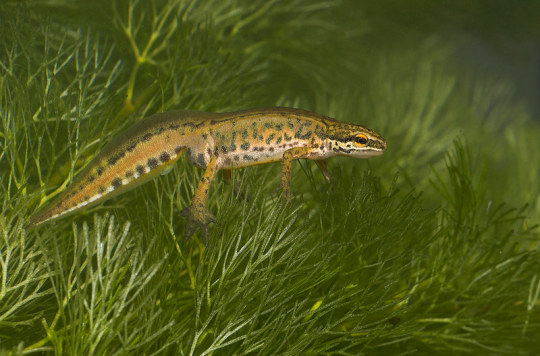
A palmate newt (Lissotriton helveticus) in the Netherlands
by Paul Cools
#palmate newt#salamanders#amphibians#lissotriton helveticus#lissotriton#salamandridae#urodela#amphibia#chordata#wildlife: the netherlands#wildlife: europe
169 notes
·
View notes
Text
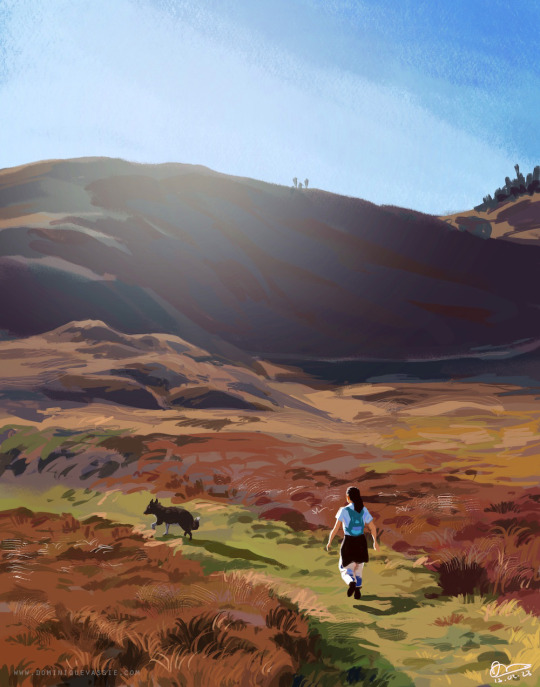

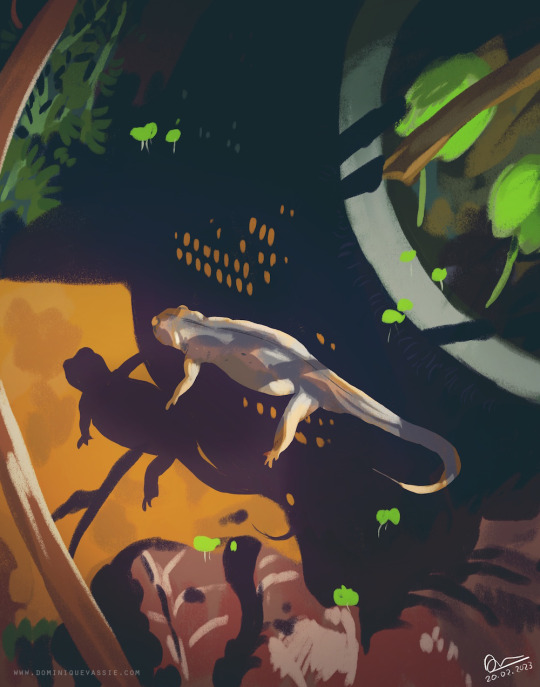
Staying with some family friends in North Wales for a few months. Some digital studies from the last week!
1K notes
·
View notes
Text

Met a very yellow newt out for a wander this evening. <3
154 notes
·
View notes
Text

Sketchbook session!!
5 notes
·
View notes
Text
Happy Slithers Saturday!
This week in Wales there are newborn Slow Worms everywhere, and the Palmate Newt efts are just getting cuter and cuter!!
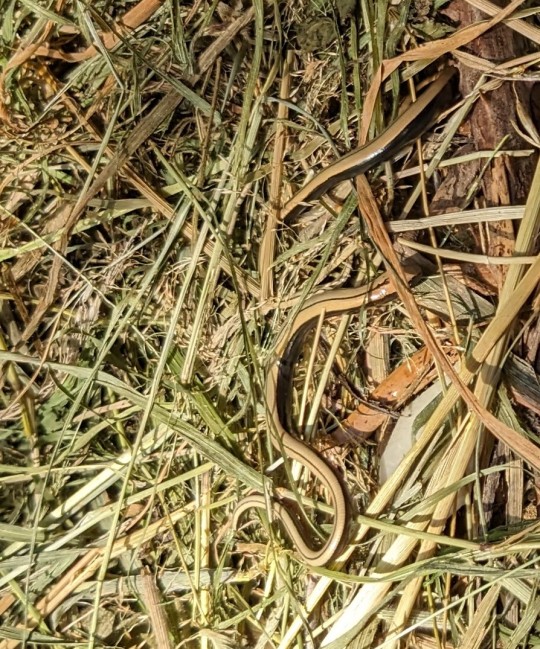

#amphibians#reptiles#herps#lizards#newts#slow worm#palmate newt#lissotriton helveticus#anguis fragilis
3 notes
·
View notes
Text
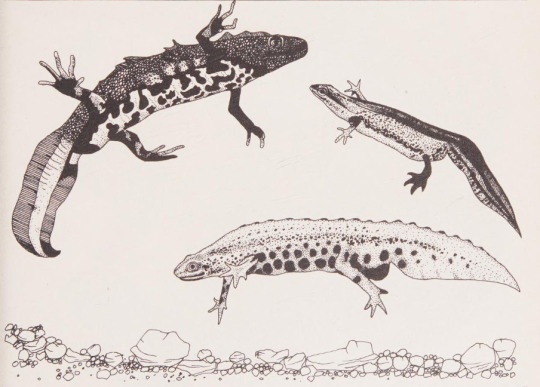
The Quizzer Book of Knowledge: Nature. Written and edited by George Beal. 1978.
Internet Archive
269 notes
·
View notes
Text
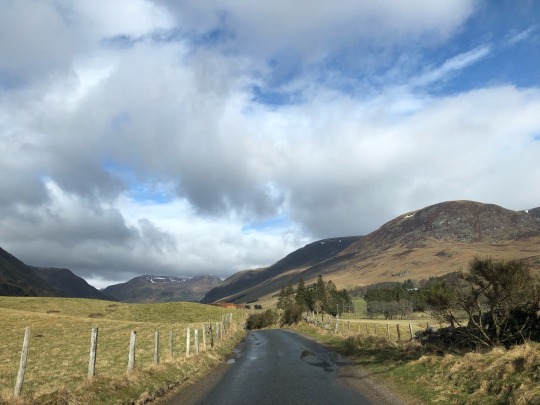
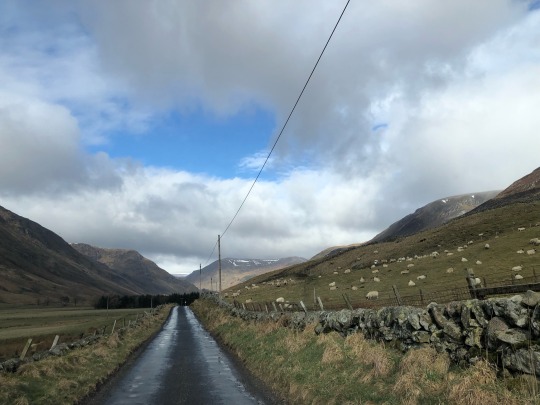
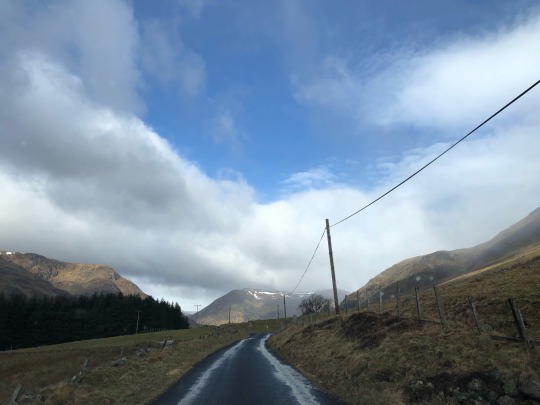
volunteering day in my favourite place
#saw peregrine falcons and palmate newts and lapwings and hawk moths and water voles and a whole herd of stags#and just so much pine marten and wildcat scat#and I made two new friends! shoutout to having enthusiastic adult friends
7 notes
·
View notes
Text

Verily, I am the stubby-fingered newt botherer.
1 note
·
View note
Note
I'm really sorry if you already answered but I did look through the whole lexicon and used control+f. Do we have words for Lizards/Newts//Salamanders/Reptiles?
I wanted to see the Clanmew names for 2 OCs Lizardsong and Salamanderclaw. The second being a Skyclan Daylight Warrior!
The word for reptile is "Skeep"! It is a wingless, typically scaled animal without fish "wings". So, it actually includes amphibians as well. This is because there are very few reptiles in the UK; Clan cats don't see why an amphibian is not simply a water-reptile.
So to them, a lizard is a four-legged reptile with a tail. It includes all of the newts that they encounter on a regular basis, even though these are technically amphibians. What are you gonna do, teach the cats cladistics?
Lizard (Generic) = Ssassa
Adult newts and lizards, without breeding season adornments. Has 6 species.
Sail (of a fish or a breeding male newt) = Saoss
The dorsal fins on top of a fish or a breeding male newt.
Viviparous Lizard (Zootoca vivipara) = Sipssa
Eggs are much rarer in this part of the world than you might think. Like its name suggests, the viviparous lizard typically gives live birth, which is likened to the adder. This is the most common lizard in the area, encountered by all Clans.
Sand Lizard (Lacerta agilis) = Hwoossa
Named for being seen mostly in WindClan's sandy lowland heath, because this IS an animal that lays eggs. It needs sunny, sandy areas to be able to hatch a brood.
Smooth Newt (Lissotriton vulgaris) = Fyenssa
A contraction of "Flame's Lizard," for the quirk where these newts will often hide in piles of cold, wet wood, only to flee out when a fire is lit. The most common newt to encounter, feel free to translate as "salamander!"
Palmate Newt (Lissotriton helveticus) = Horrssa
The "shade newt," so named because this one generally prefers forested, green areas. Its tail is much fatter than the other newts.
Great Crested Newt (Triturus cristatus) = Gisis
What was once the Tribemew word for all lizards now only describes the great crested newt, the largest and most respected of the "lizard" classification. An accomplished hunter with an impressive sail during its breeding season, on both the back and the tail.
Some extra facts about newts and lizards in general...
Scientifically, all newts are salamanders, but not all salamanders are newts. You could translate any one of these words as "salamander."
Through their lives, newts will have terrestrial phases and aquatic phases.
Britain's cold climate and isolation as an island means there are very few reptiles in general; amphibian species outnumber them because it is very wet.
Slowworms are technically a lizard, but Clan cats believe they are a snake.
Clan cats also believe that snakes were not originally reptiles, but worms. There is a story about a cat who hunted them to extinction and then had to recreate them from memory, forgetting that worms don't have scales.
56 notes
·
View notes
Text
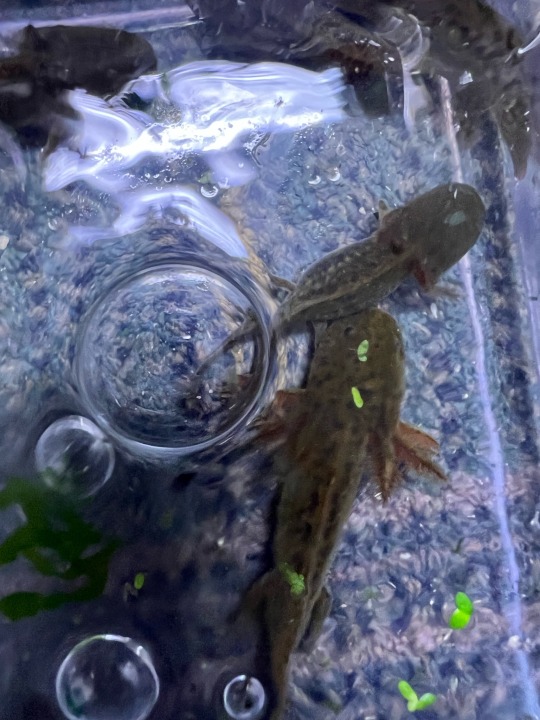
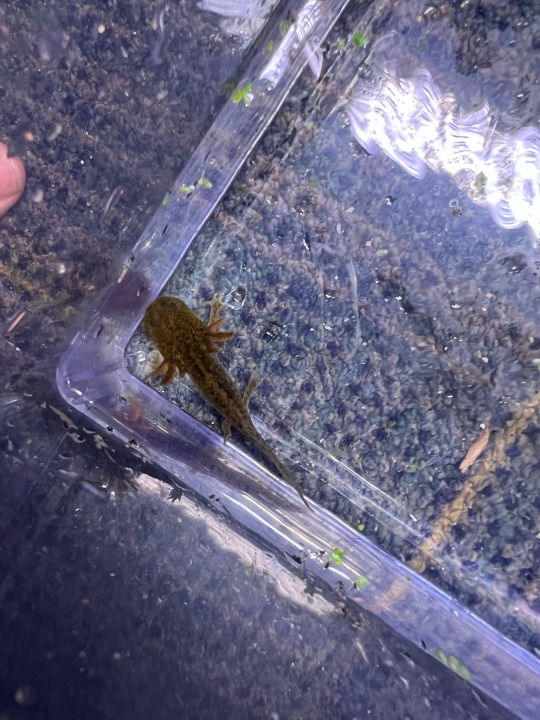
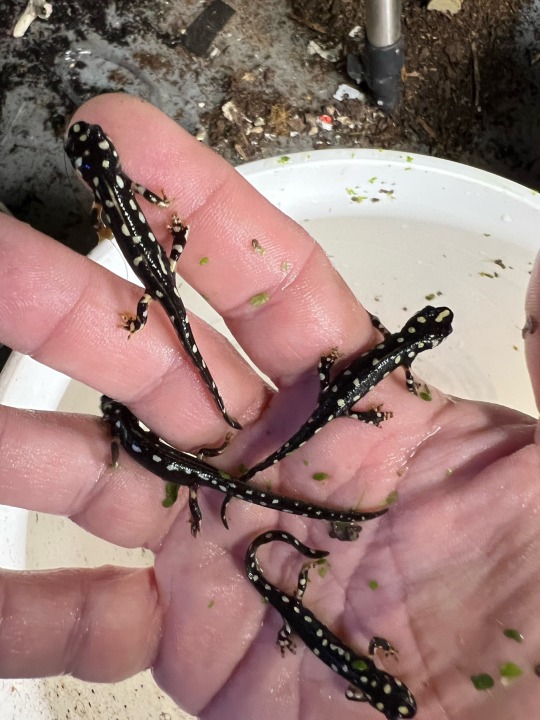

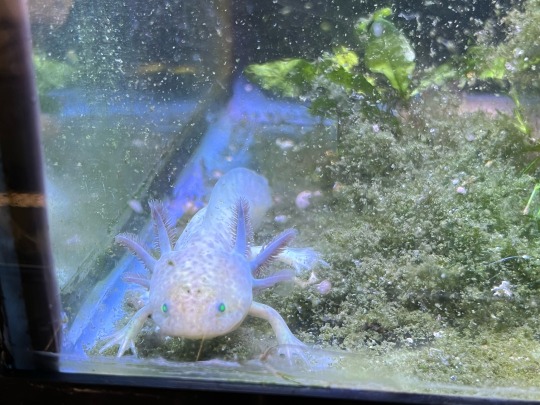

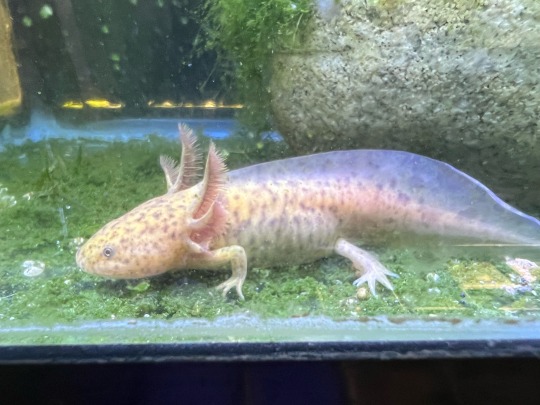



Some breeding successes from this year: Ambystoma andersoni, copper phase axolotls, Lake Urmia newts (Neurergus crocatus), palmate newts (Lissotriton helveticus), marbled newts (Triturus marmoratus), Japanese firebelly newts (Cynops pyrrogaster)
106 notes
·
View notes
Text

These two species of newt are quite hard to distinguish.
The Palmate newt (Lissotriton helveticus) and the Smooth newt (Lissotriton vulgaris) are close cousin and look quite the same.
To tell them apart, for males in their reproductive forms, you can look at their hind legs ! Palmate newt have ... well ... palms. Huge black palms that smooth newt don't have.

In French, the smooth newt's name can be translated to "punctuated newt" or "spotted newt". You have to look for spots on the throat. With this criteria you can determine that the left newt on the following picture is a Palmate newt and the right one is a Smooth newt.

But some palmate newts have spots on their belly ... so look for spots on the throat !! The next picture shows a spotted Palmate newt. To be sure of it, look at the end of the tail : it is truncated and finishes in a fine filament (the third criteria telling the two species apart apart).

To tell females and younglings apart is even harder ... Quite difficult species to learn about XD
/!\Warning/!\
Before manipulating these animals I had a formation and authorizations so that I won't hurt them. All species of amphibians are protected in France. Unless you have to, do not touch them it is illegal. If you must handle one (to save it from the road for example), make sure that your hands are wet or covered ! Amphibians breath with their skin and need their mucus to do so. If we touch them with dry hands, we will strip them off their mucus, letting them to suffocate.
2 notes
·
View notes
Text
@foxindarkness asked
Hey! I think you haven't done Nan Elmoth yet in your flora and fauna series, and I'd really really love to see your take on it, especially if you feel like making one of your gorgeous boards to go with it!
Flora, fauna, geography and environment of Arda
As always this is not a complete list! Please always feel free to ask for more details about any category (birds, fern, spring plants, etc)
Nan Elmoth or the Valley of Stars was a deep forest East of Doriath and on the Eastern banks of the river Celon, a tributary to Aros which was itself a tributary to Sirion.
We can only speculate about the species of trees that grew here with the primary descriptor being that they block the sun.
The climate and habitat is a deep, mixed deciduous forest with high moisture, higher than most of Doriath.
Mountain ash or Rowan, common beech and oak, and some towering pine trees are the most common species. Importantly, Yew trees grow throughout Nan Emloth and produce patches of near darkness where little else can grow.
Field and wych elms grow by the banks of Celon, needing the moist, sandy soil.
Bitter or woody nightshade grows throughout the vale as does arum, sweet violet, Great sallow, soft rush, royal ferns and bracken, common fragile fern, baneberry, black touch me not
Green shield moss, silky forklet moss, thyme moss and grey-cushioned grimmia are examples of species of mosses that grow on land in the valley.
Destroying angel mushrooms grow in the birch groves and funeral bell, panther’s cap, false death cap, bay bolete, lichens like Cladonia bellidiflora, Lobaria virens and beard lichens grow throughout on and around both decaying and healthy trees.
There was apparently a small lake or pool called Gladuial. This was likely a spring fed by ground water or a vestigial pool that remained fed by precipitation throughout the year
Common water moss clings to rocks in the river Celon, thriving in the shade the trees of Nan Emloth provide. Water starwort also grows here.
There are a number of vernal pools dotted throughout the forest Small vernal pools like these are always wonderfully diverse mini ecosystems.
Curled pondweed, amphibious bistort, bur-reed, frogbit, and least duckweed among other plants grow in these.
In the spring and summer, the chorus of frogs alights the forest at night and throughout much of the day
Pool frogs and agile frogs are the most common species though common tree frogs.
Smooth newts, palmate newts, and fire salamanders can also be found.
Crested newts can be found in small pools in less shaded areas closer to the riverbank
The forest is a quiet one and songbirds are rare and unnaturally taciturn during all but a few hours each day
Common nightjar, common nightingale, and red necked nightjar
Thrushes love the berries of yew trees which are poisonous to most others. Common blackbirds, redwings, mistle thrush.
Butterflies flit in open groves, feeding on the elm, birch and herbaceous plants of the vale. These include autumnal moth, wood white, and mourning cloak among others
Mollusks can be found in both the freshwater and terrestrial habitats of the forest. Point snails, Platyla gracilis, dusky arion slug, pond snails (Galba truncatula), and marsh slug among others.
Like in the Nan Tathren, large animals are rare in Nan Emloth. Those that do enter the valley are elusive
I like to think about prehistoric creatures roaming the lands around Doriath specifically Nan Emloth and the lands North of Neldoreth. I can make a post about that in more detail if there’s interest!
27 notes
·
View notes
Text


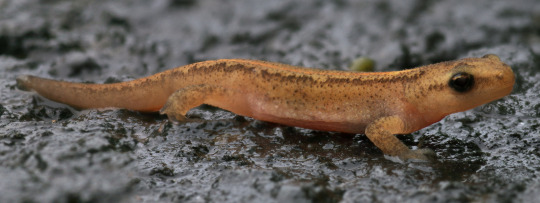
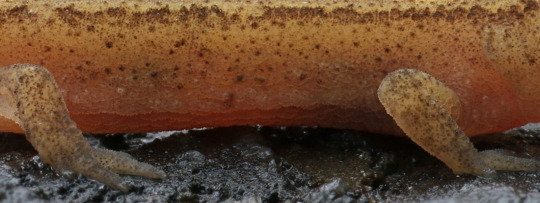
Lots of young palmate newts out in the middle of the road, enjoying the wet tarmac. :'(
172 notes
·
View notes
Photo
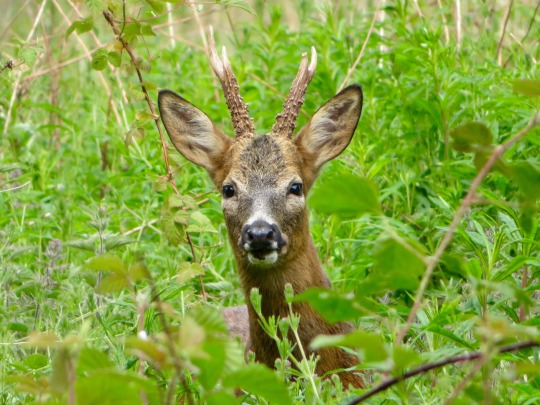

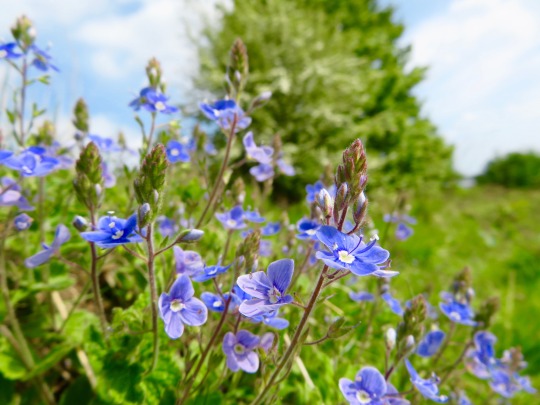

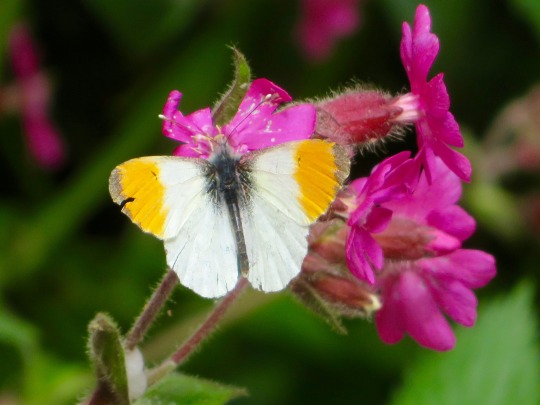
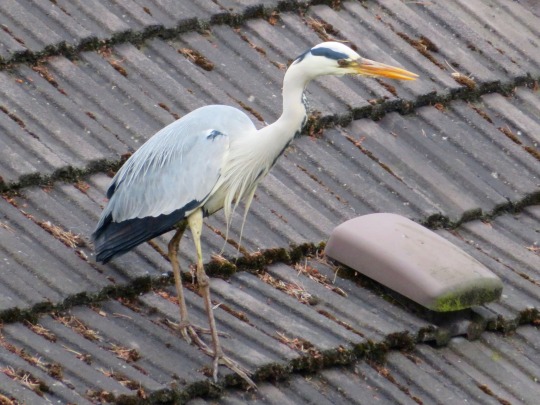
There’s plenty to see on the hill at this time of year, not to mention the unexpected creatures that rear their heads. I found Palmate newts in my pond at the weekend, and I did wonder if this early-morning Grey Heron on a nearby rooftop had a similar object in mind. Some of the other things to look out for, top to bottom: Roebuck, Northern Marsh Orchid, Germander Speedwell, Tormentil, and male Orange Tip butterfly on Red Campion. 7th June 2022
0 notes
Text
This week the leaves on the old Rowan have fallen down into the pond. The Palmate Newts seem to have gone off in disgust, but the Slow Worms are sticking around a bit longer, cuddled into the warmest point of the compost heap.
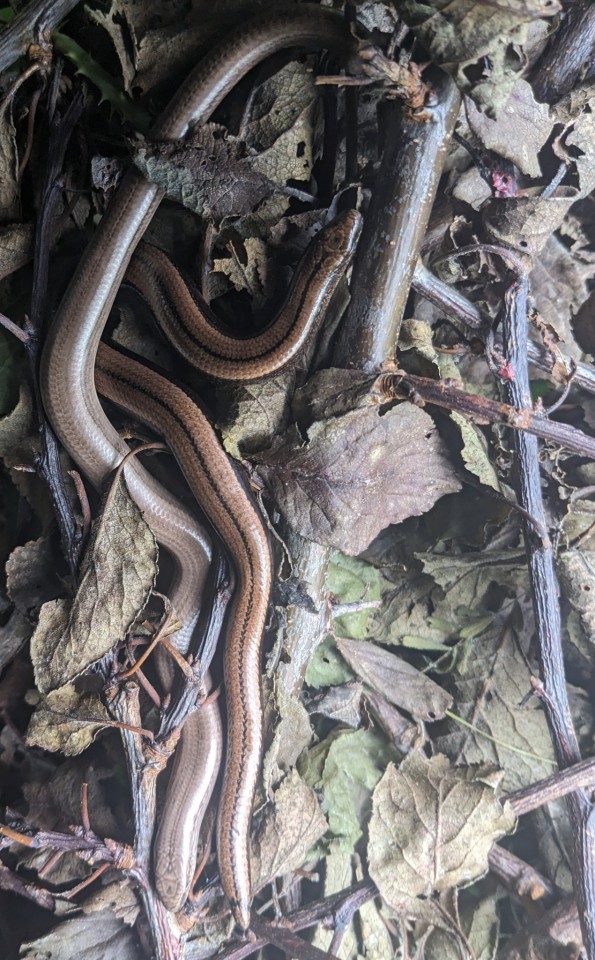
2 notes
·
View notes